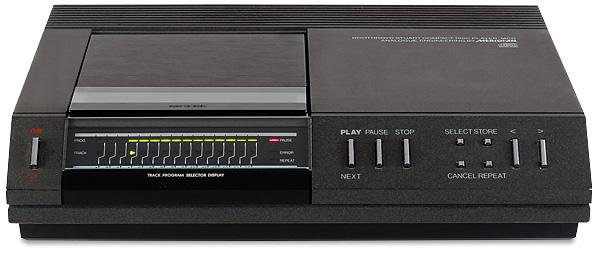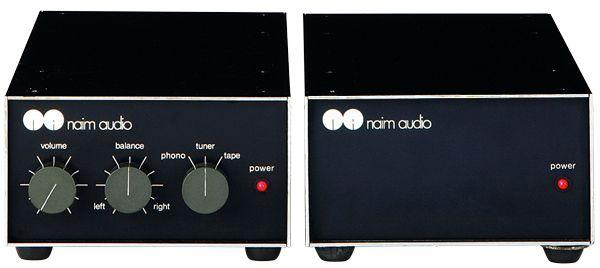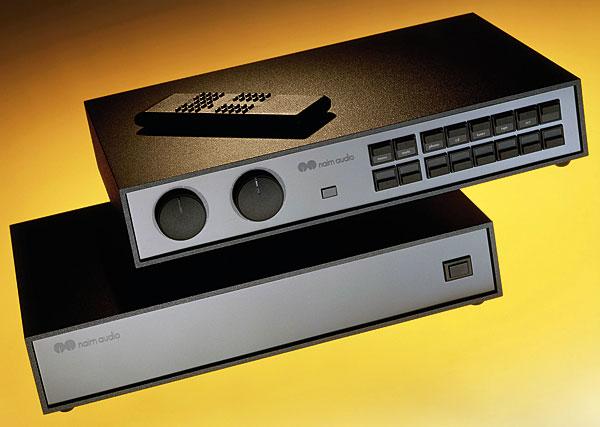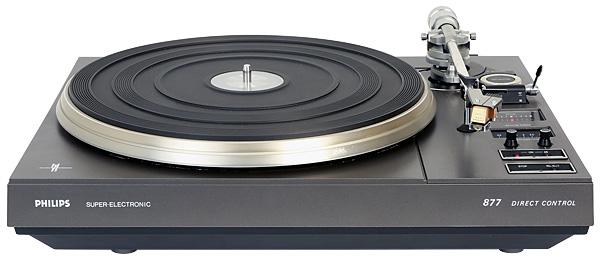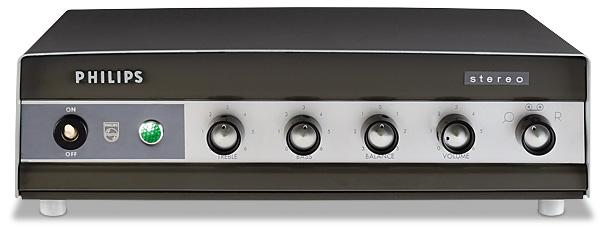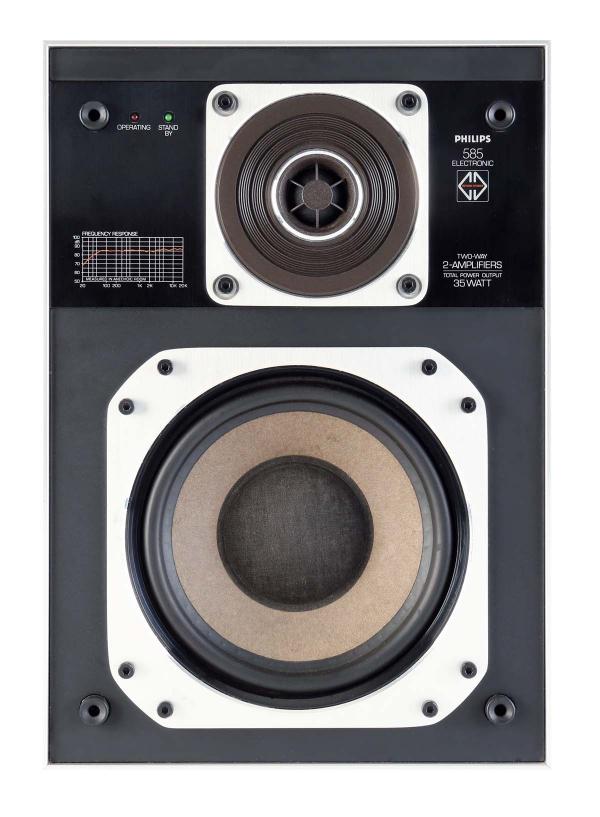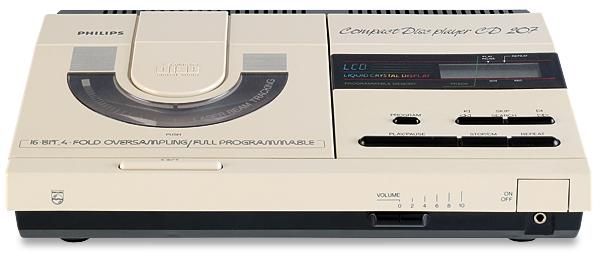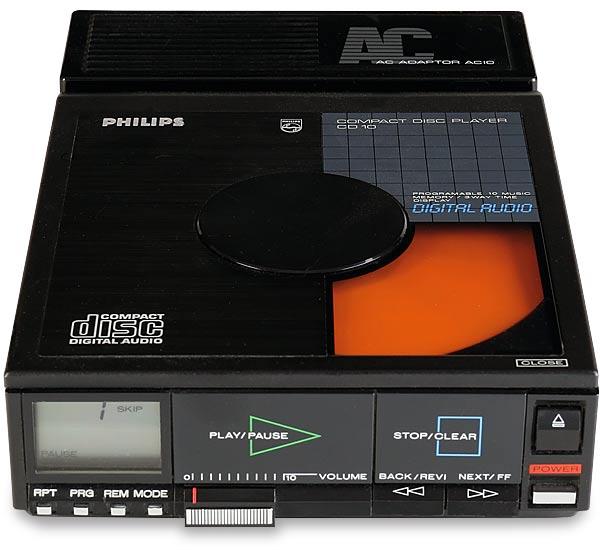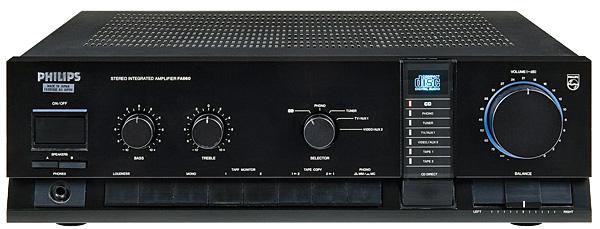Vintage
Sort By: Post DateTitle Publish Date
|
Dec 22, 2014
|
Jul 07, 2023 |
First Published: Apr 01, 1993
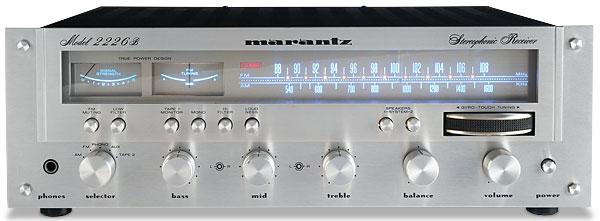
 Buy one of these late-'70s beauties secondhand today and you'll own an amp from a pedigree name with radio thrown in for 'free'. So, is this a receiver worth considering?
Buy one of these late-'70s beauties secondhand today and you'll own an amp from a pedigree name with radio thrown in for 'free'. So, is this a receiver worth considering?
